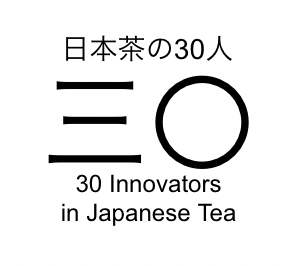Japanese tea exports began to increase after 2000 for the first time in about 30 years due to the global matcha tea boom and other factors. In response to the decline in domestic demand, the promotion of tea exports was also promoted as a national policy. As a result, the value of tea exports has increased 16-fold over the past 20 years to over 20 billion yen.
Demand for exports is divided into two categories: high-end teas such as gyokuro and other high-grade teas, and food-flavored (e.g., matcha-flavored) teas such as matcha for processing. While the focus tends to be on matcha for processing, which is more prominent in terms of volume and value, there are those who are steadily working to export high-end teas.
One such person is Ian Chen of Yunomi.life. Yunomi.life offers more than 1,000 varieties of Japanese tea, which it purchases directly from more than 300 tea growers and tea merchants. Yunomi.life also publishes information about the tea growers and tea merchants on its website, and carefully introduces each tea. As a result, Yunomi.life is highly evaluated by overseas Japanese tea lovers.
Currently, the supply of raw material tea, which stands out in terms of quantity and value, is increasing in countries mainly in Asia, which are also known as Japanese-style teas (Japanese-style tea). There is no doubt that the supply of raw material tea from such countries with competitive prices will continue to increase in the future.
Yunomi.life has been spreading the value of Japanese tea while steadily and carefully communicating it, and we spoke with Ian Chen, president of MATCHA LATTE MEDIA, Inc.
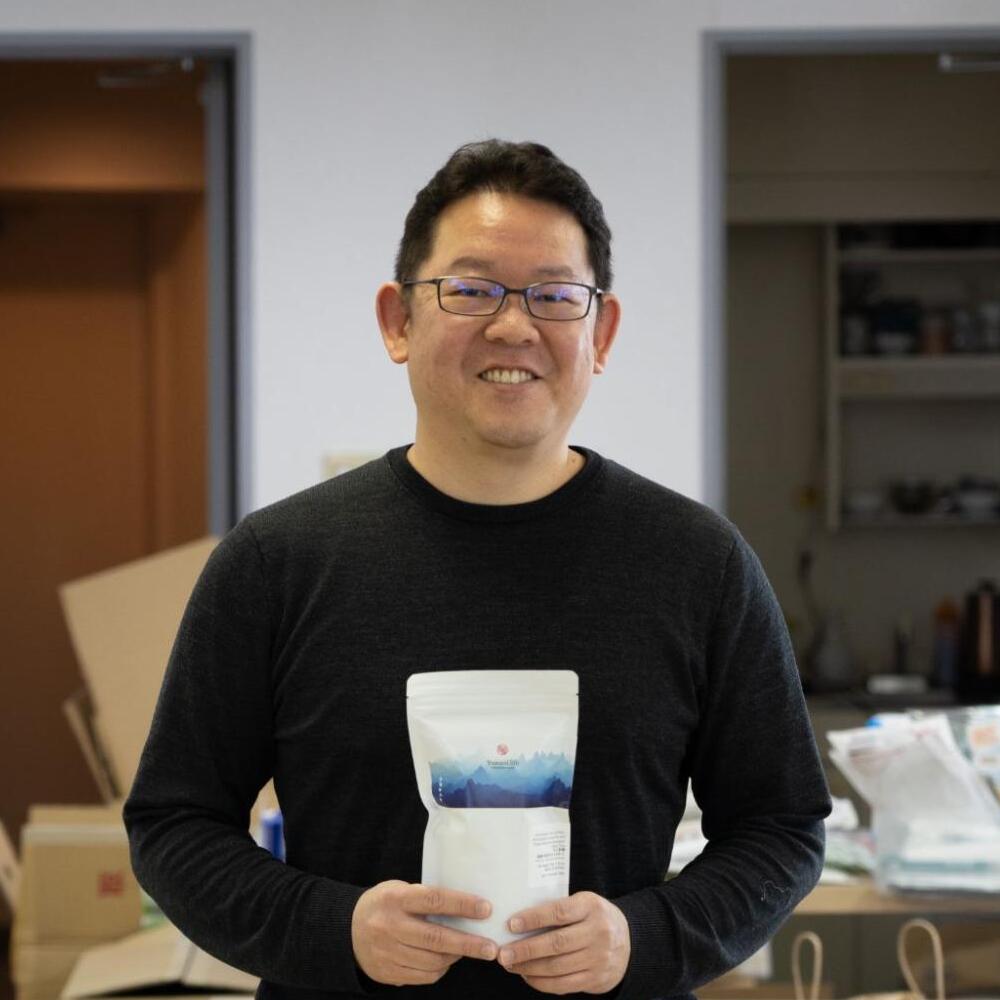
Contents
- 1 Japanese tea delivered to 90 countries!
- 2 We want to transmit Japanese tea, a culture that symbolizes Japan. We want to evolve it.
- 3 Fusion of Hawaii and Japan “OHANA BOTANICA” Challenge
- 4 Japanese tea with the option of blended tea.
- 5 Not only to protect. Flexibility to adapt to the changing times in order to preserve the culture of Japanese tea.
Japanese tea delivered to 90 countries!
Q: What kind of service is Yunomi.life?
Ian: Yunomi.life introduces Japanese tea producers and farmers to the world. We also operate an online store and a Japanese tea export business. So far, we have delivered Japanese tea to 90 countries.
Q: Which are the main exporting countries and, conversely, which are a bit unusual?
Ian: Our main export destination is the United States. Some of the more unusual places are the French Reunion and Mayotte Islands, the British Cayman and Scilly Islands, and the Faroe Islands, an autonomous Danish territory.
Recently, we have received many inquiries from the Middle East, and it is an export destination that I personally pay attention to.
Q: Does the response differ depending on the country to which the product is exported?
Ian: Basically, we don’t pay much attention to the response of the countries to which we export or the differences between them. I think it is because we are targeting “people who like Japanese tea” rather than “people from any country. However, I feel that the “like” in “I like Japanese tea” is a little different between people in Japan and people overseas. The difference I feel is whether they can read Japanese or not, and whether they have grown up surrounded by Japanese food culture or not.
We want to transmit Japanese tea, a culture that symbolizes Japan. We want to evolve it.
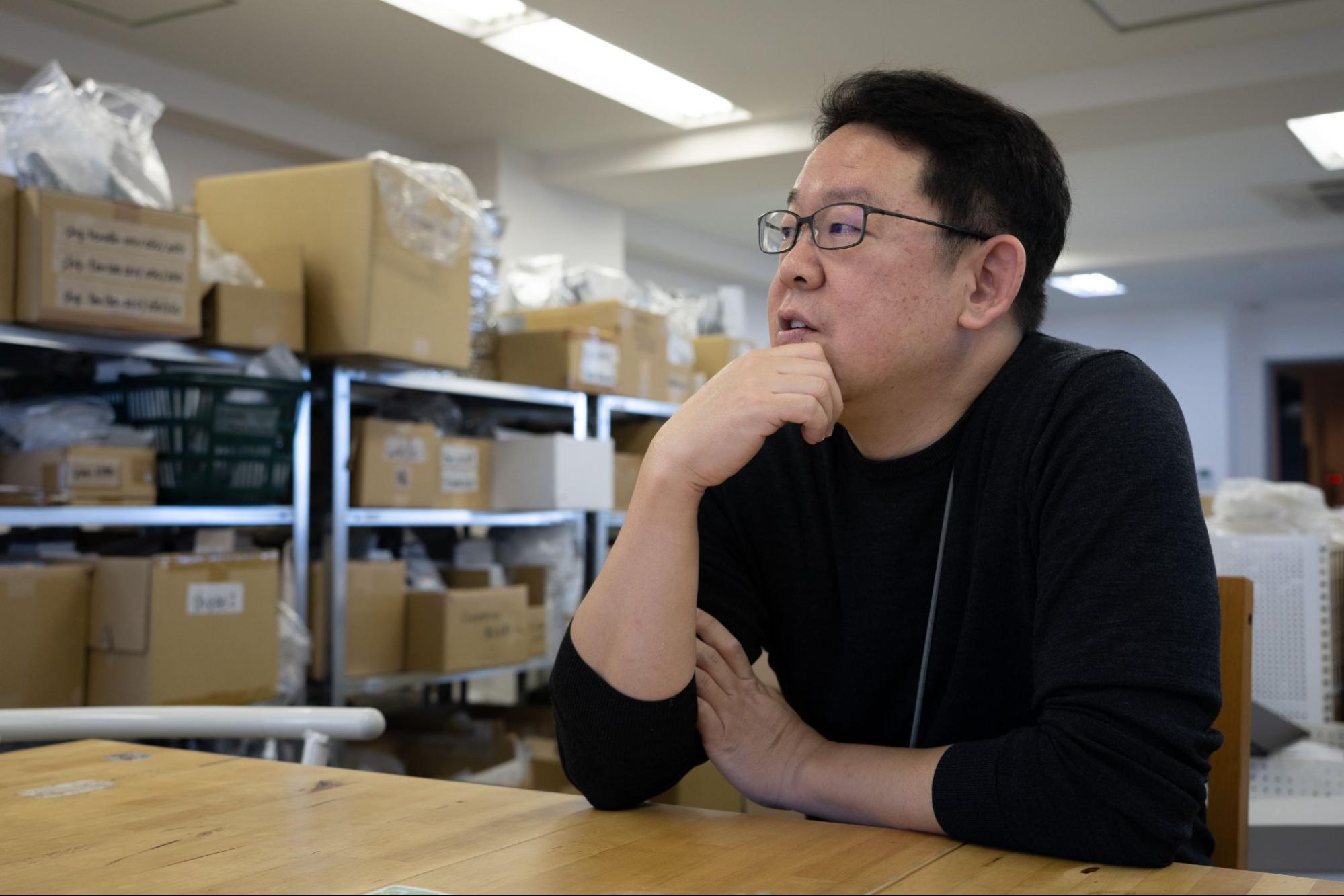
Q: The online store Yunomi.life is run by Ian, who exports tea to such overseas markets. What is Ian’s mission in running this store?
Ian: It is to deliver each type and variety of tea from Japan to the whole world.
Q: What are the best-selling products at Yunomi.life?
Ian: Probably our best-selling product at retail is the tea from Yakushima Yakushima Hachimanju Tea Garden in Kagoshima Prefecture. And gyokuro bud tea is also selling well. Oh, and Kagoshima’s Kariganecha is also popular.
It may come as a surprise, but San-Pin-Cha from Okinawa also sells quite well. Although it is stated on Yunomi.life that San-Pin-Cha is a jasmine tea and not a traditional Japanese tea, it is a mystery whether people overseas read that description properly (laugh).
Q: Do you have a product that you recommend for Yunomi.life?
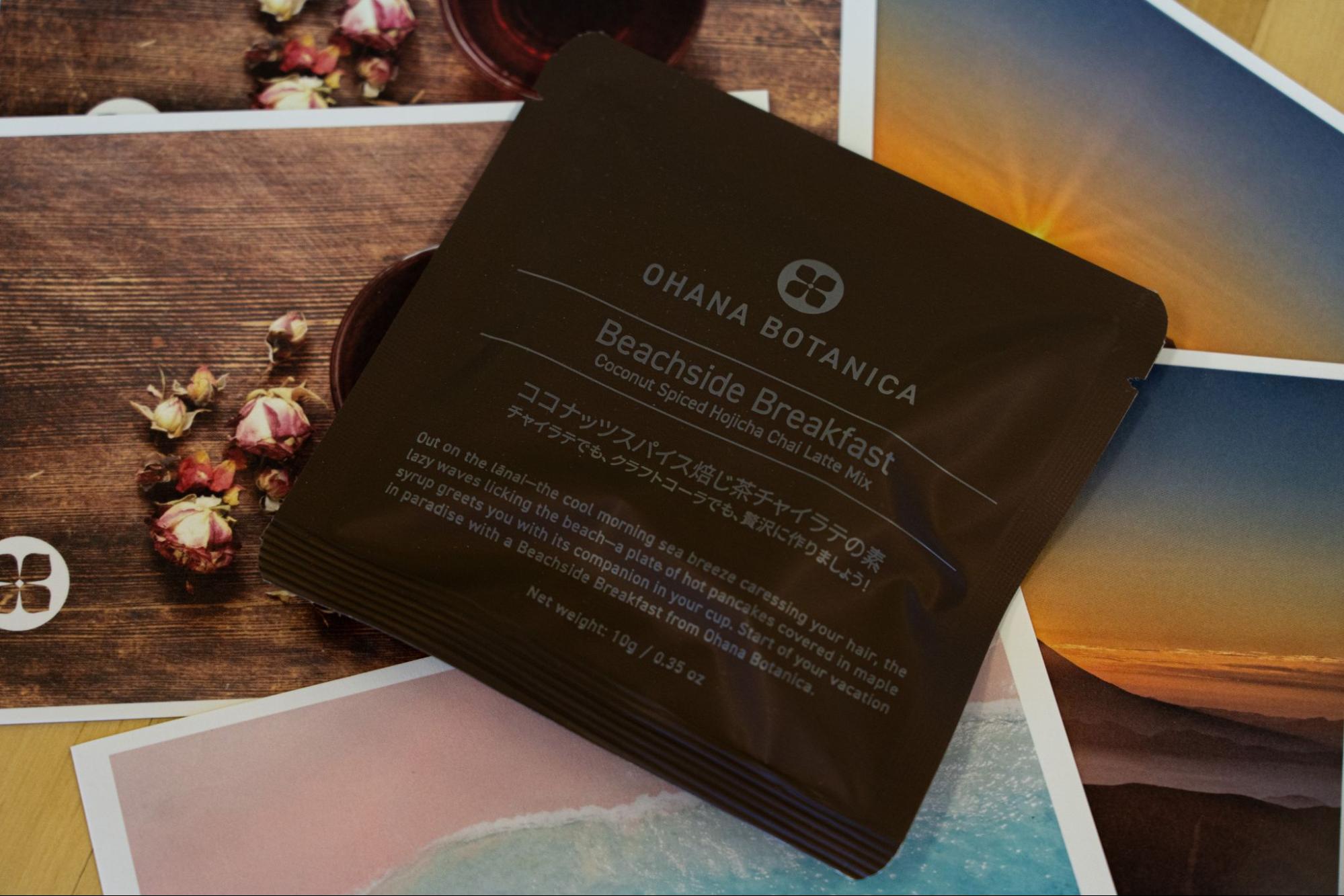
Ian: The OHANA BOTANICA coconut spice and chai latte mix that we are currently developing and the Sansho hojicha tea that we will be making. We are making a tea that contains extracts of sansho, ginger, and sansho. Our original blended teas are our top recommendation.
I myself like spiced teas quite a bit (laughs).
Q: Yumomi.life exports a lot of Japanese tea overseas, but do you feel that your overseas customers are particular about organic products?
Ian: I don’t think people who know a lot about the deliciousness of Japanese tea are concerned about organic.
Q: Are there any benchmarks or competitors or services for Yunomi.life?
Ian: In terms of competitors and similar services, I would say Sazen tea and neo.T. T. And while not direct competitors, I think Tezumi and Kettl Tea are cool because of their good branding.
The company I admire is POJ Studio, which deals in traditional Kyoto crafts.
I think we will see more and more companies with cool branding and cool products in the future. I think we have to think about how we can win out in such a trend.
Yunomi.life is currently only doing mail-order sales, so I am wondering if it will be difficult to grow like the brand I mentioned earlier if we do not create actual stores. This is one of the challenges I feel Yunomi.life faces.
Q: What does Japanese tea mean to you, Ian?

Ian: I think it is one of the symbols of Japan. It is a culture. I want to transmit that culture to the rest of the world and I want to evolve it.
This is a bit off topic, but I originally studied Japanese literature. At that time, I realized that corporate initiatives induce culture.
For example, Apple has evolved the culture of technology with the iPhone, which is now a part of our daily lives.
Yunomi.life also wants to provide Japanese tea to foreign countries, not only to introduce them to Japanese tea, but also to have them actually try it and realize how it can change their lives.
Fusion of Hawaii and Japan “OHANA BOTANICA” Challenge
Q: You are currently creating a new “OHANA BOTANICA”. What made you start thinking about this?

Ian: I’m maybe not very Hawaiian (laughs).
I speak Japanese and live in Japan, but I am still a Hawaiian.
I was unable to return to Hawaii for a while after the Corona epidemic in 2020. During the time I couldn’t return home, I was thinking about my Hawaiian identity.
Although I am like a Japanese person living in Japan, I sometimes think that I am a Hawaiian after all, as I have a fast-paced personality. I like Japanese tea so much that I even make it my job, but I think the reason I don’t practice tea ceremony is because I feel that the discipline is a little too strict.
I like to study, so I learned some concepts about the tea ceremony. However, my character inevitably makes me feel that I want to live a carefree life. I have been thinking at Corona Disaster about how to express this feeling as a brand and a company.
As I spent time in Japan, I began to miss the concept of aloha, the way of thinking, and the atmosphere of Hawaii while living in Japan, so I decided to create a brand called “OHANA BOTANICA” that co-created the Hawaiian and Japanese sense of beauty.
Q: What do you think will happen when Japanese tea is influenced by Hawaii?
Ian: I don’t have an answer yet, even in my mind.
But being a Hawaiian, I believe that I can create an authentic blend of Hawaiian and Japanese teas.
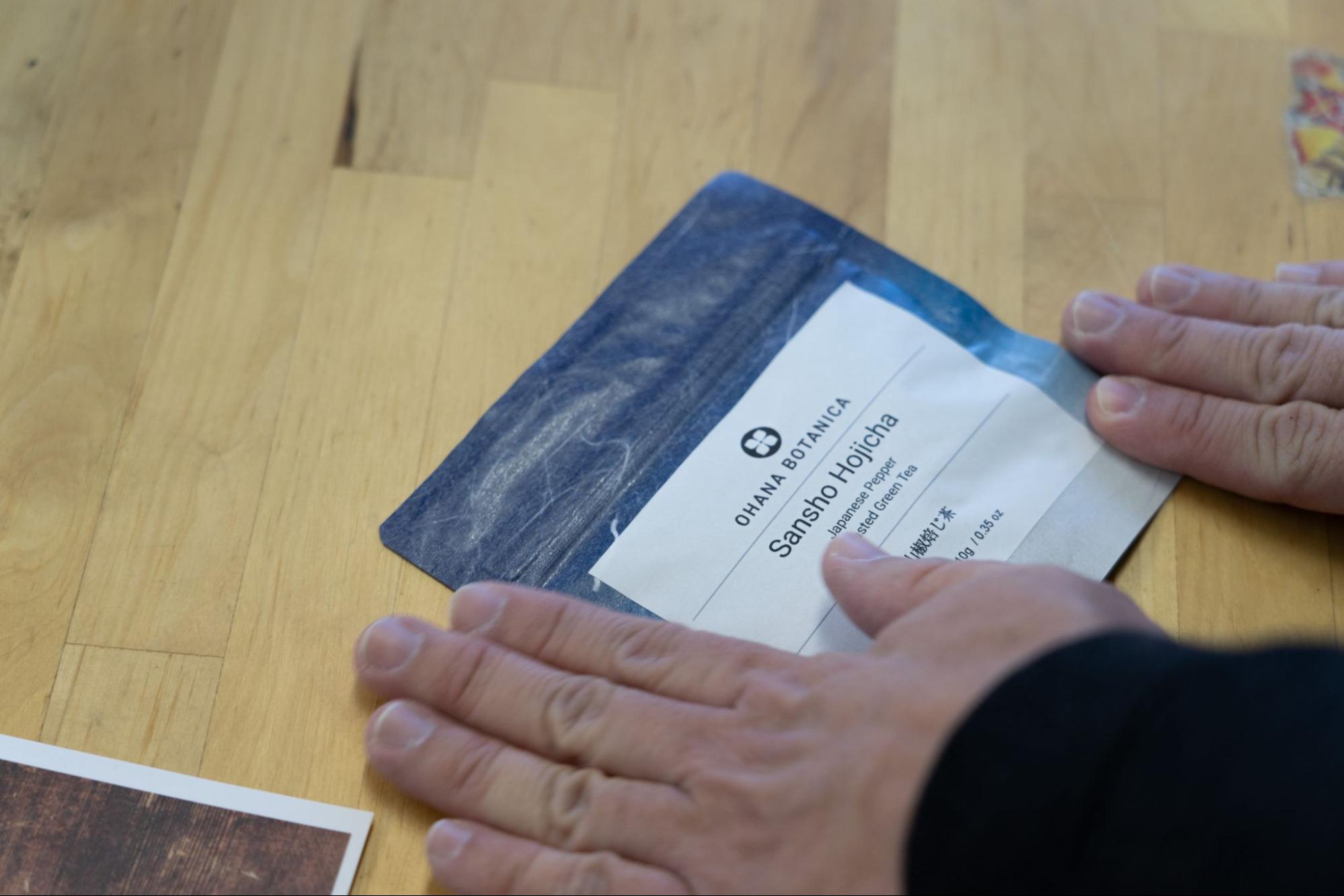
Q: What are the characteristics of the teas you make at OHANA BOTANICA?
Ian: The concept of OHANA BOTANICA is “Aloha spirit meets Japanese lifestyle. Aloha is a Hawaiian word that expresses warmth, love, and family.
At OHANA BOTANICA, I would like to propose a new lifestyle by blending simple Japanese tea with the brightness and warmth of “aloha spirit,” where the idea of “blended tea” is not yet common.
For this reason, the teas we make at OHANA BOTANICA are named to remind people of Hawaii, but we use Japanese ingredients in our blended teas as much as possible.
For example, “Island Breeze” was inspired by my memories of Ala Moana Beach in Hawaii.
As a child, I would go to Ala Moana Beach every week with my father and eat oranges and other foods as a snack on the beach.
I first discovered yuzu when I moved to Japan. Thinking I had found a ridiculously delicious citrus fruit, I gave it to my father to eat when he first came to Japan. I remember my father saying, “Yum! I remember him saying, “It’s so good!
I made Yuzu Sencha with Matcha (powdered green tea) and all the ingredients were made in Japan. But for me, the yuzu reminds me of the beach in Hawaii where I used to spend time with my father eating oranges.
Another one to introduce is KAILUA CAMPFIRE.
The tea used in this product is smoked. The aroma of the smoked black tea from Kaneroku Matsumotoen in Shizuoka Prefecture reminds me of the time I was playing around a campfire and roasting marshmallows at Kailua Beach on the east coast of Oahu, Hawaii.
Japanese tea tastes like Japanese tea, but the atmosphere is Hawaiian. I will continue to create and propose interesting new styles of Japanese tea blends, believing that only I, as a Hawaiian, can create such interesting new styles of Japanese tea.
Japanese tea with the option of blended tea.
Q: You mentioned that you make blended teas at OHANA BOTANICA.
Ian: When I thought about “how to keep Japanese tea alive in the future,” I thought that I needed to be both defensive in terms of tradition and offensive in terms of change.
Nowadays, blended teas are becoming mainstream overseas. The overall flavor of the tea is becoming more and more important. In other words, from an international perspective, it is very important what role the tea plays in the blend and how it expresses its individuality.

Japanese tea, on the other hand, traditionally does not have a culture of flavored teas or blending tea leaves with something else. For this reason, the art of blending has not developed in the first place.
Japanese tea blends may not be very common in Japan yet. However, this does not mean that flavored and blended teas are unfamiliar.
That is why, when I thought about attacking tea as a change, I thought it would be great if Japanese tea had the option of blended tea, which has become mainstream overseas as well, and decided to try making it.
Above all, it sounds interesting.
Q: So, you tried blended teas from the viewpoint of selling them overseas rather than expanding consumption in Japan?
Ian: No, not necessarily. We thought it was more for the domestic market. Of course, it would work overseas as well.
Consumption of Japanese tea in Japan has been declining year by year.
The area of Japanese tea sections in supermarkets is getting smaller and smaller every year, and young people are not drinking Japanese tea anymore. Even if they do drink it, they tend to consume it in PET bottles.
More and more Japanese are turning away from Japanese tea.
That is why we decided to create a form of Japanese tea that might interest people even a little, and we are proposing a new style of Japanese tea culture for the domestic market in the innovative form of “OHANA BOTANICA,” a fusion of Hawaii and Japan.
Q. Do you think there is no future for Japanese tea without blended tea in the future?

Ian: Everyone likes new things.
With the current shape of Japanese tea, I think the tea industry will be left with a small percentage of consumers who prefer single varieties, or single-origin, high-end lines.
How will we survive when that happens?
If we look at the domestic market and think about how to cultivate a middle class between PET bottles and high-end tea, I think it will end up being coffee, not tea, in light of the current market.
However, if we look overseas instead of domestically, I think there is a possibility of exporting overseas.
However, currently more than half of the demand is for matcha and not sencha or Japanese black tea.
In order to export about 30% of Japanese tea that is not matcha, it will have to meet overseas pesticide standards. However, if you want to make tea in Japan that meets those pesticide standards, you can produce tea that tastes similar to Chinese tea, but the price is 10 times higher than Chinese tea.
Then, of course, it is expected that overseas visitors would purchase Chinese tea instead of Japanese tea, right?
With this in mind, I feel that it would be better to focus on domestic consumption instead of exporting overseas.
That is why I am going to try my hand at blended teas in the form of OHANA BOTANICA, in order to increase domestic consumption as much as possible.
I believe that if OHANA BOTANICA can make some kind of impact, the tea industry will move forward, in some direction.
Q: Ian, you are challenging a new genre of Japanese tea, blended tea.
Ian: The difficulty in handling it as a commodity is that export standards and regulations are becoming stricter overseas. This is the biggest challenge.
The larger the exports, the stricter the regulations become, and the more complex the shipping methods and their procedures become to consider.
Another difficulty may be that when it comes to exporting Japanese tea overseas, there are many things that need to be taught because of the limited knowledge of the wholesaler.
Not only to protect. Flexibility to adapt to the changing times in order to preserve the culture of Japanese tea.
Q: What do you think the future holds for the tea industry?
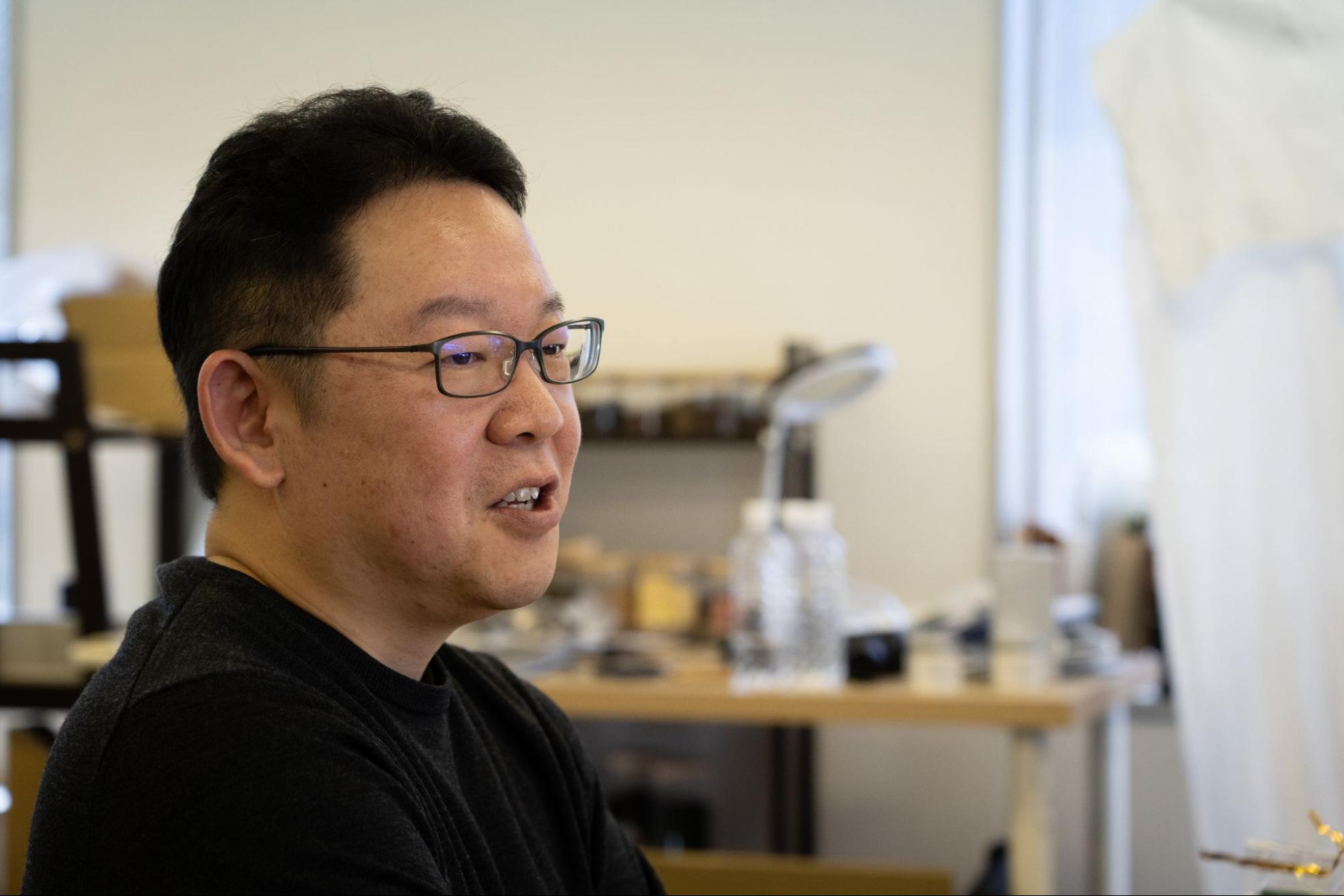
Ian: I believe that Japanese society itself, like the rest of the world, values convenience, but I think that where it will end up is not as healthy as the American people.
The Japanese are famous for their longevity, and I believe that in the pursuit of convenience, people are not as healthy as they could be. Therefore, I believe it is important to live life itself in the traditional way (or not) and consume good things.
We believe that just as the Japanese diet is changing, Japanese tea needs to change as well.
In line with this, I believe that Yunomi.life needs to evolve from its traditional form in order to survive in the culture of Japanese tea.
Q Ian, what do you think is the direction of evolution of Japanese tea?
Ian: Japanese tea goes well with Japanese food, but I think it needs to be changed to go with food from other countries.
The OHANA BOTANIC that we are now making at Yunomi.life is a new blend of Japanese tea that has a spicy flavor and has never before been seen in the form of Japanese tea.
Q: From your point of view, Ian, is anyone working on any interesting initiatives?
Ian: I think the smoked black tea from Kaneroku Matsumotoen in Shizuoka Prefecture is very interesting in the sense that it is completely different from other Japanese teas.
LUPICIA is the only company that has grown significantly in the last 30 years. lupicia is doing well selling tea leaves through its stores, and I don’t think there is any other tea company that has been as successful and grown as successfully as this company.
Q: How do you think tea farmers should change?
Ian: I would like to see small farmers try different blends. That too, using crops other than their own tea and blending them with tea. I would like to see more variety and experimentation in the tea production process.
I also feel that in the tea industry, it will be important to see who leads the way in the future.
I would like to see tea farmers take the lead, rather than big tea merchants and wholesalers leading the tea industry. I would like to see farmers show the evolution of tea.
Farmers who have their own fields have the advantage of being able to grow a variety of crops and experiment with what they produce. I believe that “genuine” Japanese tea blends could spread overseas.
The world is now experiencing a boom in blended teas.
I hope that Japanese farmers will take the initiative to experiment and create various blended teas that are unique to Japan.
*All photos by Hiroki Yoshida


